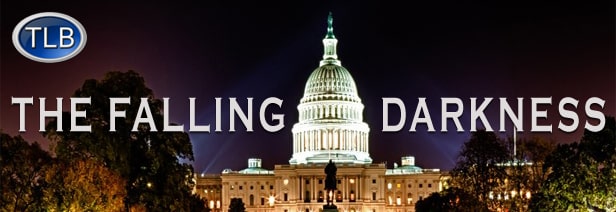
With the Dow Jones rising excruciatingly close, or within 0.37 points of 20,000 on Friday only to let down the market cheerleaders in the last minute, it would appear that there is nothing one can throw at a market which is determined to keep rising no matter what happens in the world. So leave it to our favorite skeptic, Citi’s Matt King to throw a fly in the ointment by asking how is it possible that “nothing sticks to markets.”
He proposes one possible reason: perhaps analysts were overly pessimistic going into the election and year end, which is possible considering the “most synchronized DM upturn in years”…
… an upturn, which however, has been largely predicated by the reflexivity of soaring stock markets, which in turn have spiked not on actual news, but frontrunning the “everyone’s-a-winner-under-Trump” trade…
… which however may never actually materialize in practice, and which could very well also lead to a recession as the surging dollar leads to a global GDP slump while paralyzing financial conditions (see recent record FX volatility in China).
As King then notes, earnings bullishness gets you only so far, and as the chart below shows, the recent surge in global stock prices is not a function of earnings, but expanding P/E multiples relative to Trasuries, which then prompts him to ask why, now that yields are surging, “shouldn’t we be discounting using higher bond yields.”
This is turn prompts King to propose one of his trademark rhetorical questions: “There Is something strange going on” adding that “something doesn’t smell right” in a world in which uncertainty is soaring yet spreads are collapsing, as SocGen first pointed out last month in its “most frightening credit chart“, even as leverage also keeps rising.
What is the “key ingredient” in the mix that makes sense out of this market chaos? Simple: according to King, central bank buying of anything that is not nailed down is the “missing link.”
Furthermore, despite all talk of a shift from monetary to fiscal stimulus, “central banks aren’t done yet“, not by a long shot:
Which in turn has – so far – allowed markets to ignore the reality that the credit bubble is getting bigger by the day as debt and interest coverage continue to rise while EBITDA still shrinks, resulting in late cycle fundamentals and valuations.
And yet, there is always a tipping point: according to King, such a point would arrive once real yields spike higher “not matched by a pick-up in growth.”
His final rhetorical question: how long until this tipping point happens? The answer: 50 basis points.
Now if only a 50 basis point spike in real yields would also put an end to all the other “strange things” taking place in a world which is burning every day, yet where the Dow Jones is partying like it’s 19,999.




















Leave a Reply